Is the access/authenticate endpoint returning the token as data in the success method or is the token being set in the server side code?
-Update-
If you set the token in HttpContext.Current.Response.AppendHeader('X-Token', "<some token value">); You should be able to grab it in your $http promise
$http.get("<api endpoint>").then(function(data){
$log.log("data.config", data.config);
$log.log("data.headers()", data.headers());
$log.log("X-Token Header", data.headers()['x-token']);
});
data.config is the headers sent to the server such as the accept and any authorization headers.
data.headers() is the function that returns all headers that were set server side.
response.Headers.Add("Access-Control-Expose-Headers", TOKEN_NAME); this line will ensure this header is available to the server



So if I understand correctly your passing x-token in the header of the api request and the Delegating Handler is looking for TOKEN_NAME and then resetting it and then your trying to access it in the promise of $http. I just put together a test for this case and im getting back x-token;
-Sample angular app
(function () {
var app = angular.module('app', []);
app.config(function ($httpProvider) {
$httpProvider.defaults.headers.common["x-token"] = "";
});
app.controller('home', function ($http, $log) {
$http.get('/api/car/get')
.then(function (response) {
$log.log("Response headers",response.headers());
$log.log(response.headers()["x-token"]);
});
});
})();
-Console window

-CustomDelegatingHandler i dont use the variable token because I dont have a token endpoint to get one. Instead I just passed back a random GUID.
protected override async Task<HttpResponseMessage> SendAsync(HttpRequestMessage request,
CancellationToken cancellationToken)
{
return await base.SendAsync(request, cancellationToken).ContinueWith(task =>
{
var response = task.Result;
//Are you sure your passing this check by setting the x-token common header in your angular $http requests?
if (response.RequestMessage.Headers.Contains(TOKEN_NAME))
{
string token = response.RequestMessage.Headers.GetValues(TOKEN_NAME).FirstOrDefault();
response.Headers.Add("Access-Control-Expose-Headers", TOKEN_NAME);
response.Headers.Add(TOKEN_NAME, Guid.NewGuid().ToString());
}
return response;
}, cancellationToken);
}





